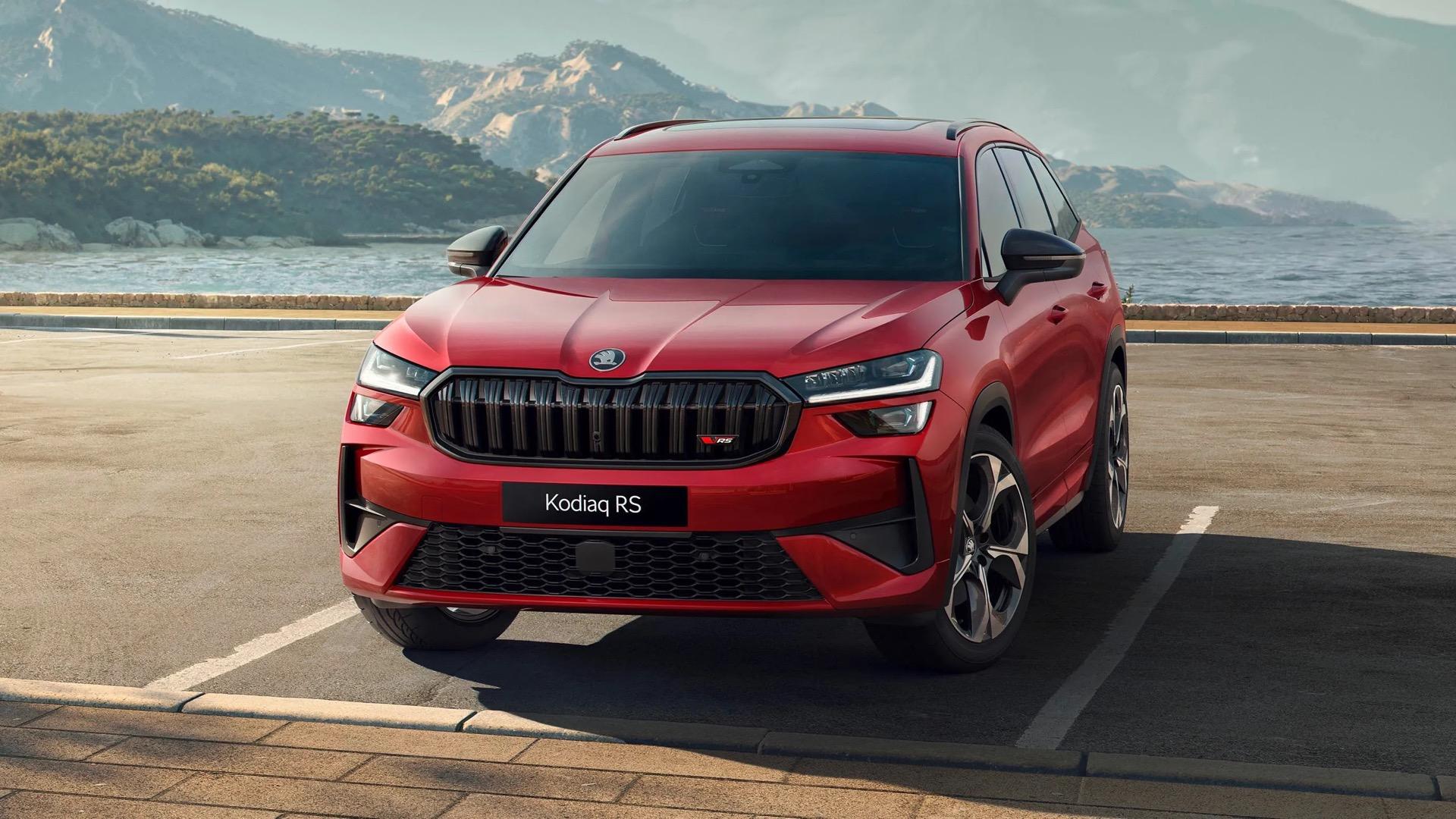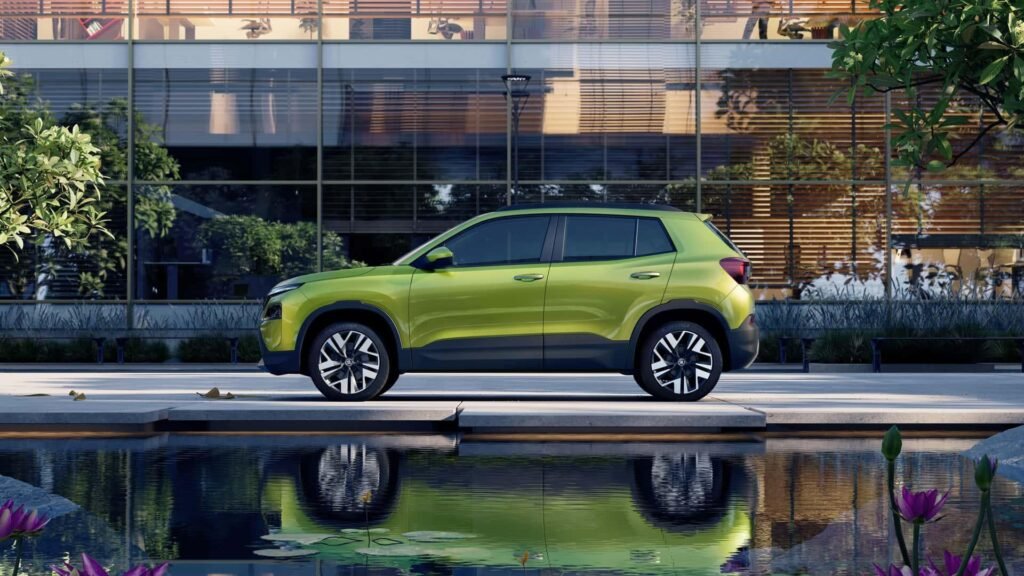There is a difference between what you see in the photos and what something looks like in real life. If you don’t understand what we mean, check your Tinder profile. Or your partner’s Tinder profile. Oh, and fast food restaurant menus. The Skoda Kylaq is also somewhat covered. Not that we accuse the small crossover of being misleading. No, there is only so much nuance and context that can be pushed through a screen.
Because what you see actually seems to be quite fine. It is a small car, the Skoda Kylaq. The car is 3.99 meters long, 11 centimeters shorter than the Fabia. The wheelbase is the same size at 2.56 meters. It is not an incredibly spectacular appearance, but as is often the case with a Skoda, it is simply a neat car for its class.
Is the technology of the Skoda Kylaq that bad?
Why then are we so reluctant? Well, it is a car developed specifically for the Indian market. There is nothing wrong with that, but cars in emerging markets – such as those in India – are built according to different standards. In terms of emissions and safety standards, the regulations are slightly more relaxed than here, although Skoda says there are 25 active and passive safety features on board.
Now you can live with that, as long as you don’t crash or hang your nose on the exhaust. The little Skoda stands on the (breath in) MQB-A0-IN platform (breathe out). This is basically the MQB A0 platform that we already know, but it has been specifically adapted for the Indian market. So slightly more robust (for bad roads) and simpler (to keep the price low). The engine is a 1.0-liter three-cylinder turbo engine with 115 hp and 178 Nm. Excellent values for such a small car.


Price Skoda Kylaq: 8,723 euros (no, that’s not a typo)
This allows you to sprint to the finish line in 10.5 seconds and reach a top speed of 188 km/h. Not so long ago, this was very acceptable performance for a C-segment car costing 20,000 euros, so why do we give them a hard time about a car that costs less than half that? Because in India you can go for the entry-level converted to 8,723 euros to ride. Firstly, the price in Europe is higher if the car is imported and adapted to EU requirements. But even if it’s double, it’s still a great price.
The biggest difference between cars for the EU and other markets is the level of refinement. We Europeans must drive safe and clean cars from the EU, but consumers want comfort and quality. A good example is the Dacia Spring, which is primarily intended for the Chinese market. Or how about the Volkswagen Fox intended for Brazil, another car that seemed suitable for Europe on paper, but was not. The Skoda Kylaq most likely fits into that list.



